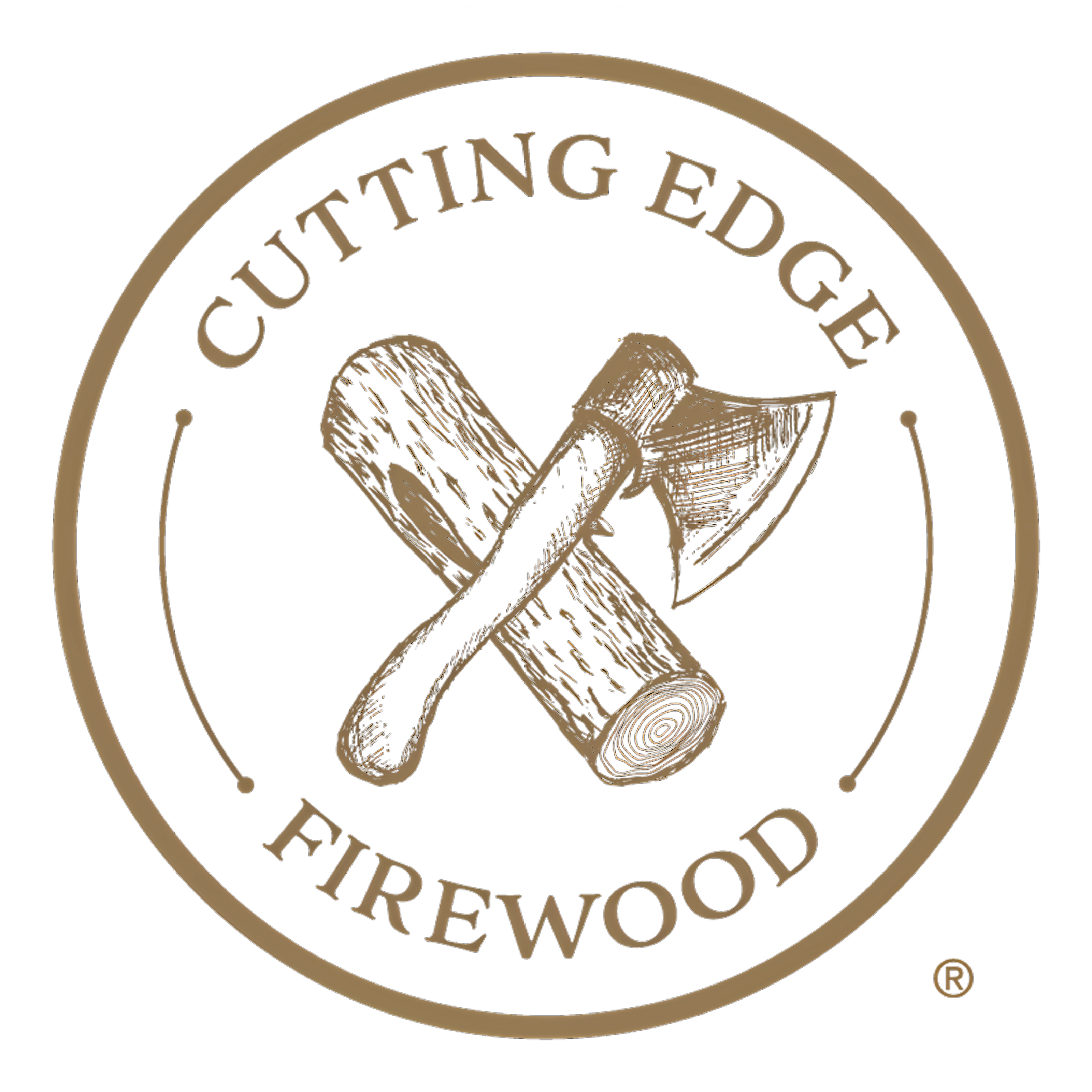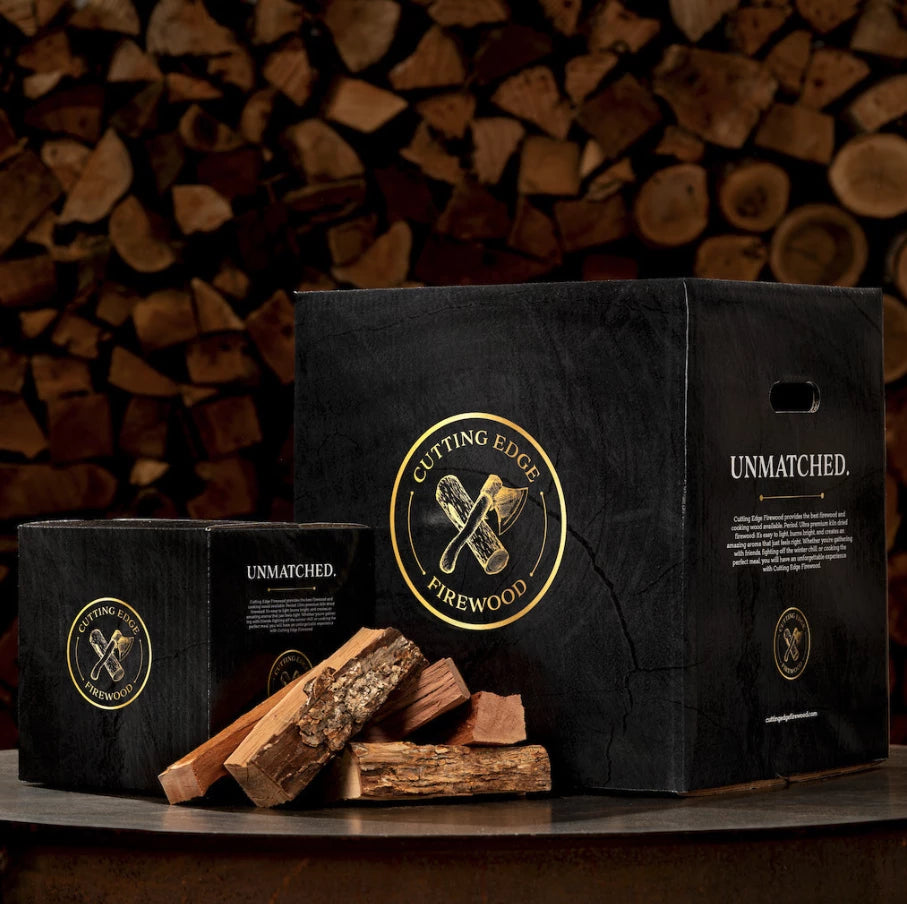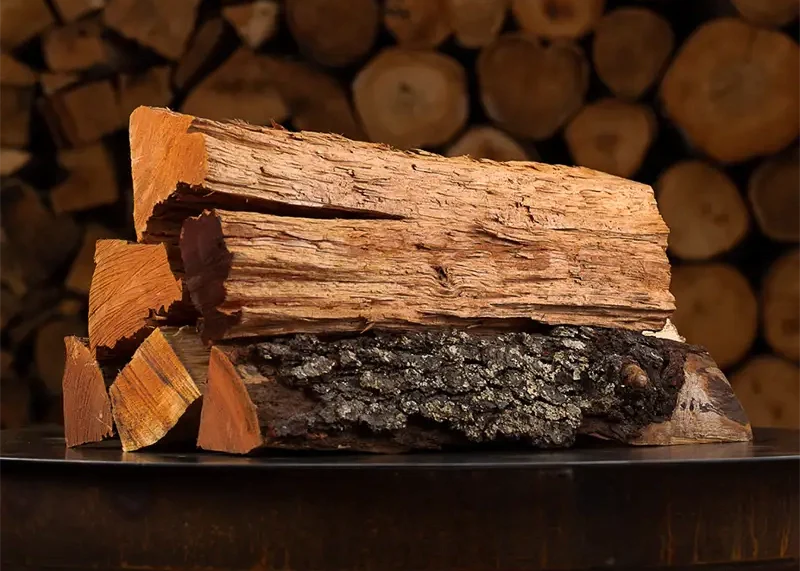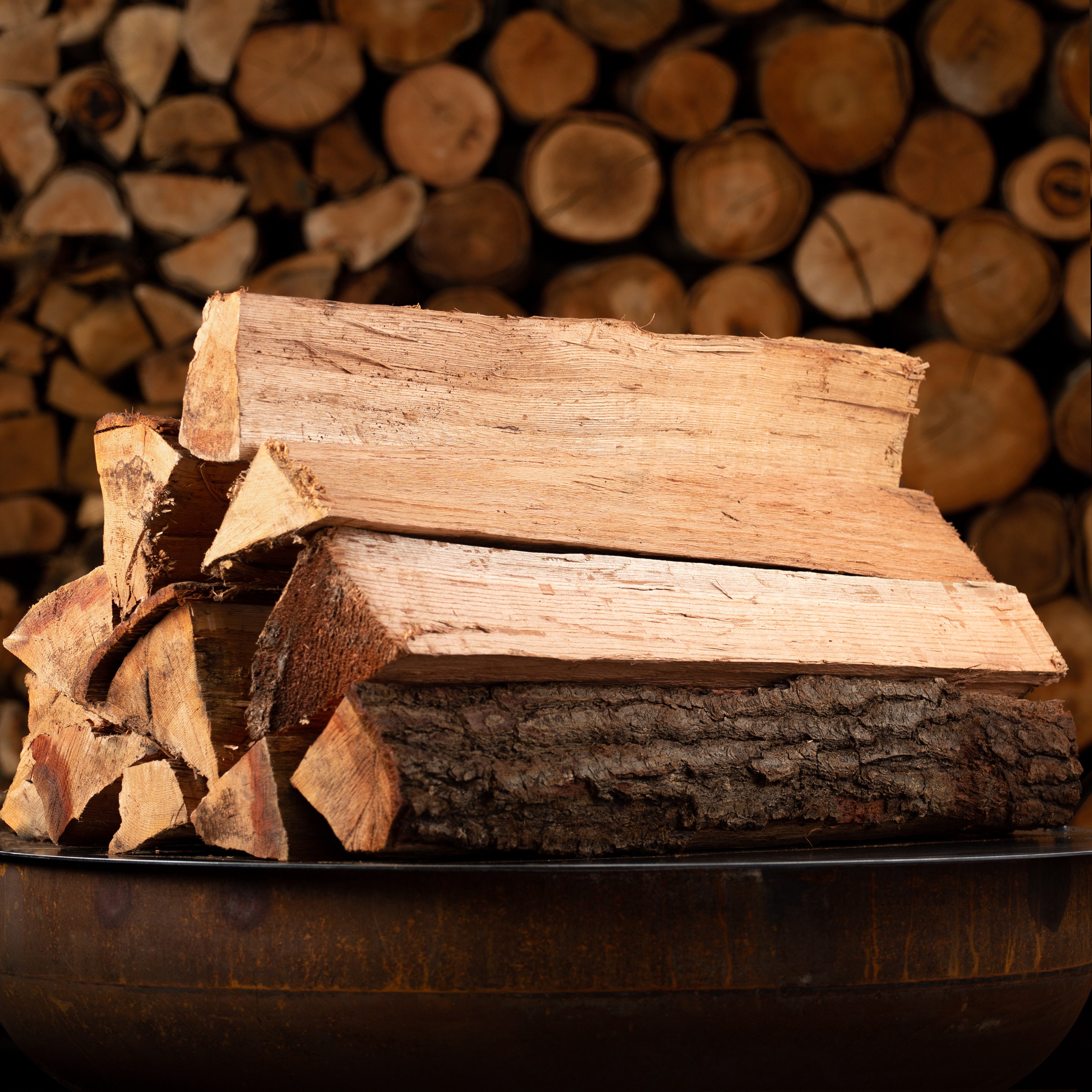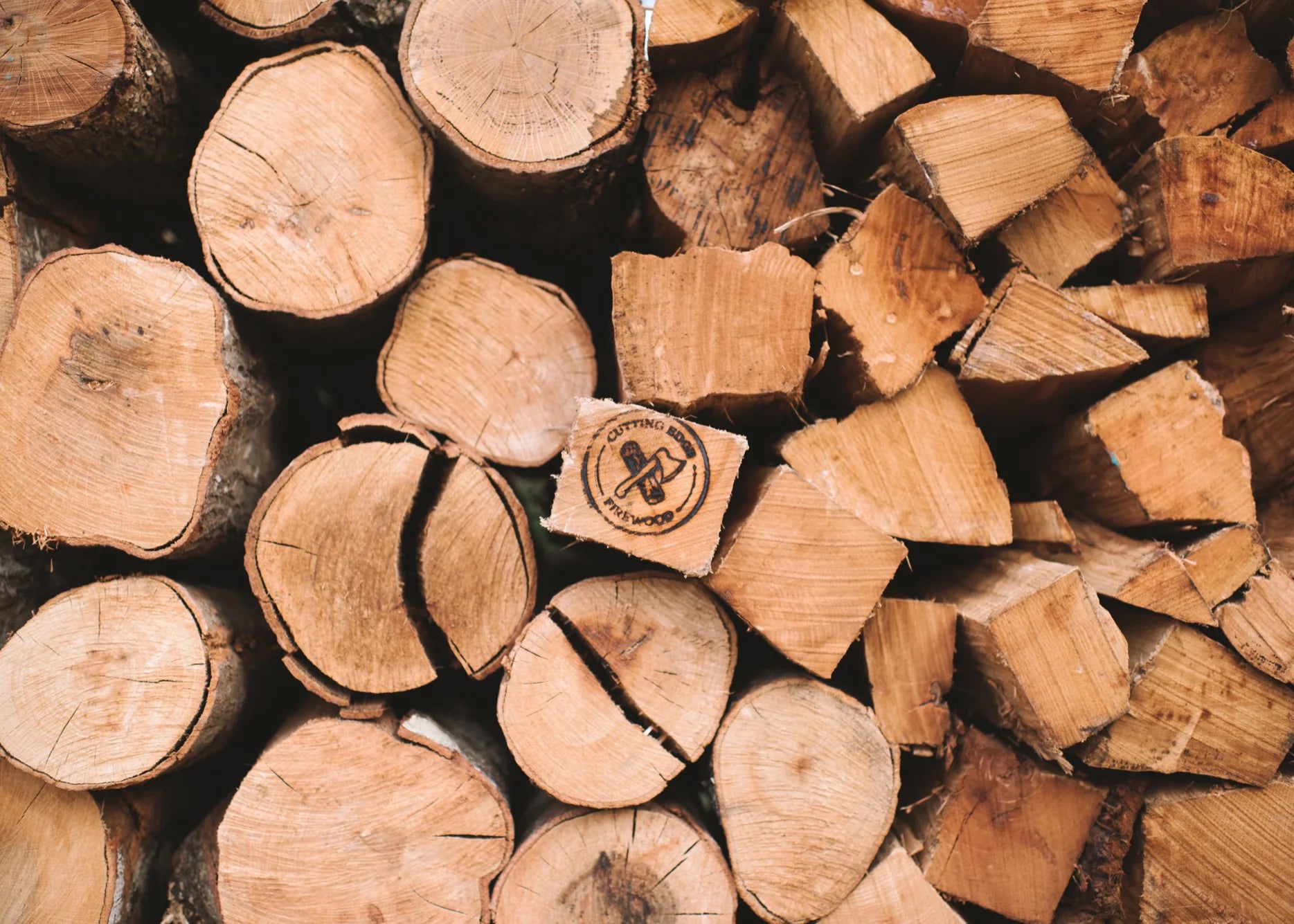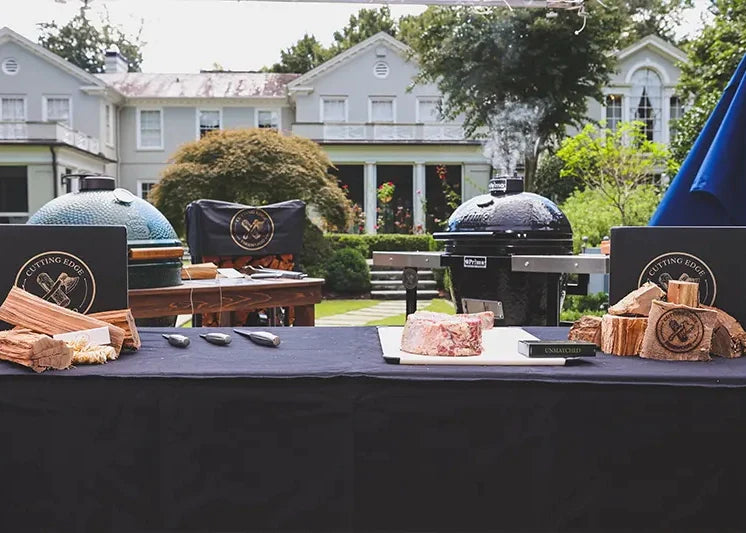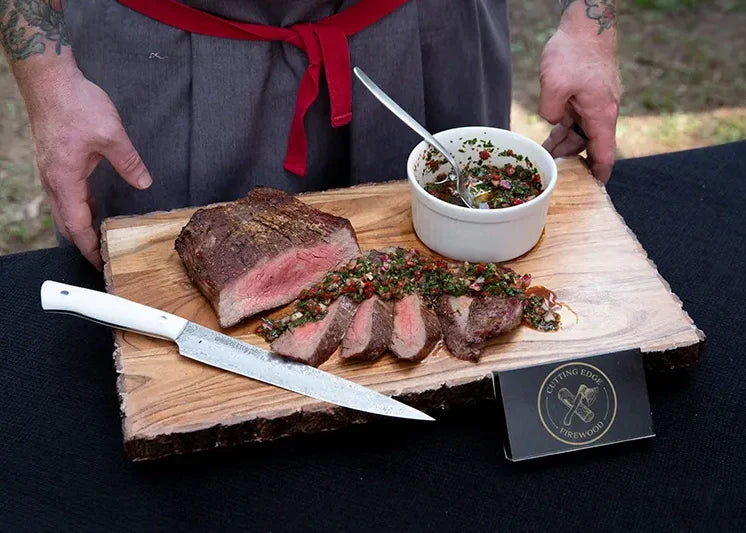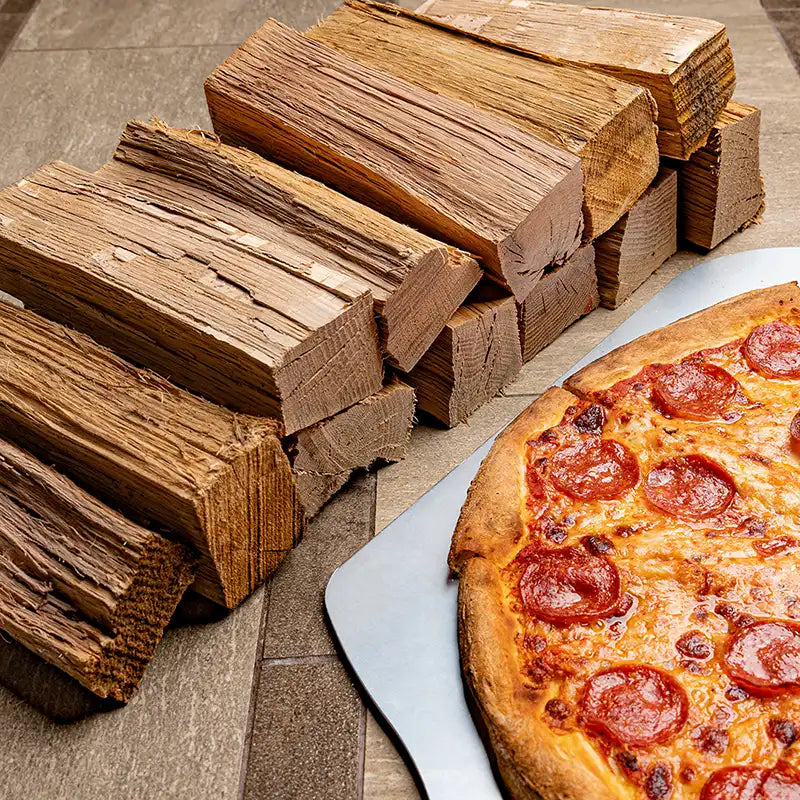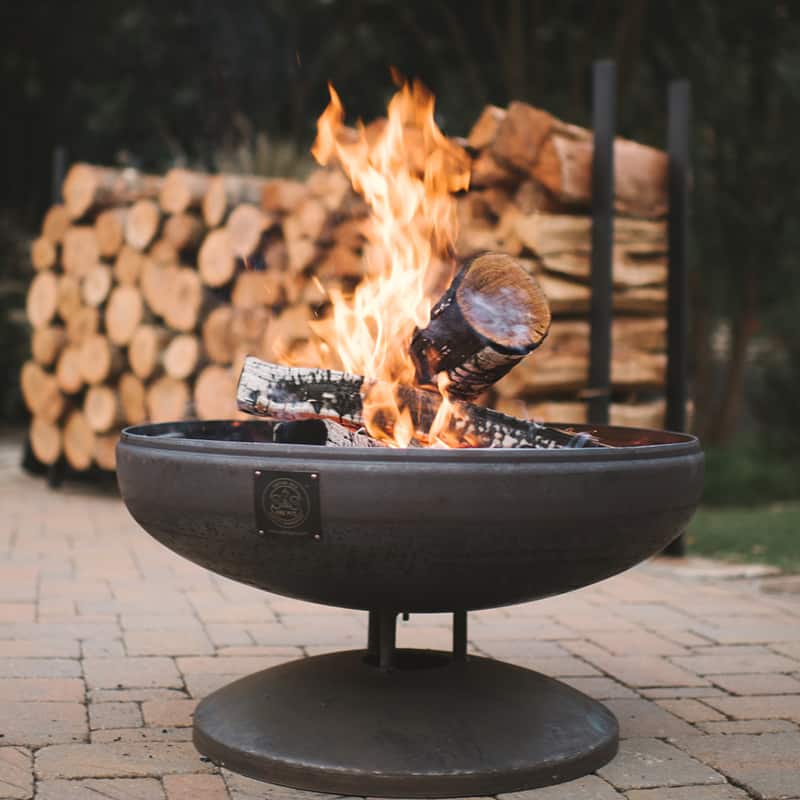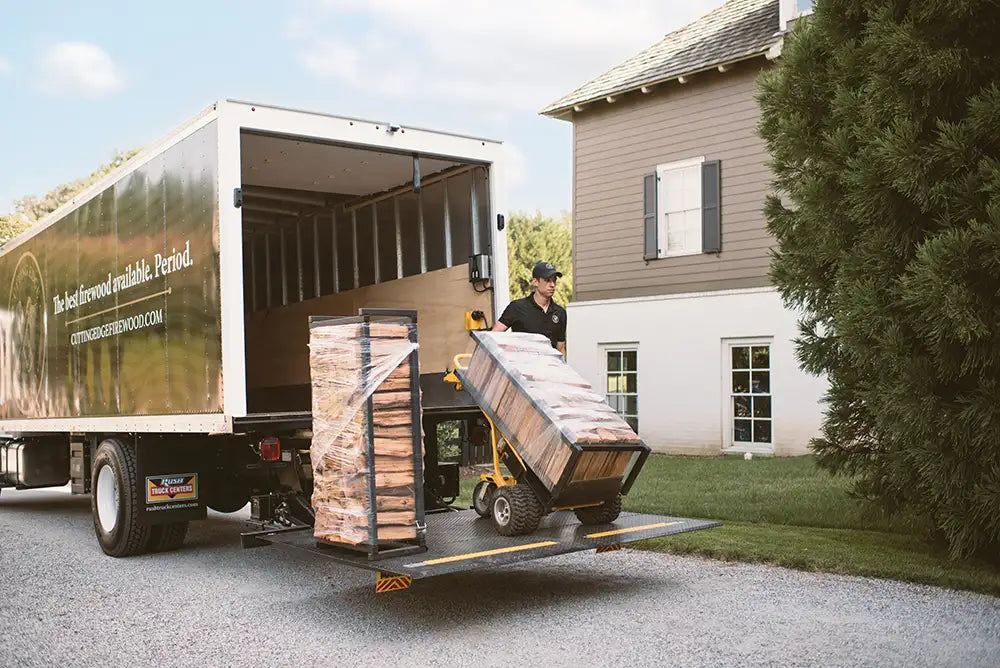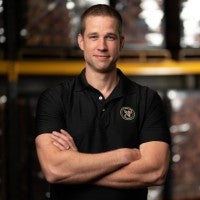Whether you're camping in the woods, on a mountain or at the beach, no camping trip is complete without a fire. When the sun goes down, a campfire will illuminate your campsite while simultaneously producing heat. Unfortunately, you can't always predict what the weather will be like. Even if the weather looks nice and calm, you may encounter severe winds once you reach your campsite. While windy weather can make it difficult to light a campfire, there are a few ways to overcome this natural phenomenon and achieve a roaring campfire.
#1) Use a Reflective Wind Screen
Available for sale at many camping and outdoor recreational goods stores, a reflective wind screen can help you build a roaring campfire on a windy day. As its name suggests, a reflective wind screen is a large and flat screen made of a reflective material that's used to block the wind. Just place a reflective wind screen around your campfire, at which point it will protect your fire from the wind.
#2) Look for an Existing Fire Ring
Prior to building a campfire, look around your campsite to see if there is fire ring present. Depending on where you are camping, there may be over a dozen fire rings. Consisting of a ring of rocks, a fire ring acts as a designated area in which to build a campfire. Fire rings are typically created around natural windbreaks, including cliffs or hills. Therefore, you should try to build your campfire in an existing fire ring, especially if it features a natural windbreak. If you don't see any fire rings around your campsite, look for an appropriate area with a windbreak to create your own.
Not only do these fire rings protect you from the wind, but they help keep the fire contained and prevent accidents.
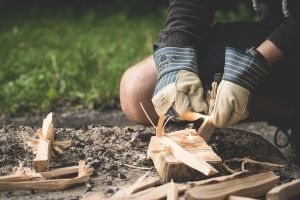
#3) Dig a Shallow Hole
Whether you use an existing fire ring or create your own fire ring, you'll have an easier time starting a campfire if you build it inside a hole rather than on the surface of the ground. If the fire is inside a hole, the sides of the hole will protect it from the wind. You don't have to necessarily dig a large hole that's several feet deep. On the contrary, you only need a shallow hole that's about 4 or 5 inches deep. At this depth, the wind won't be able to easily reach your firewood, yet it should only take you a few minutes to dig a 3- or 5-inch deep hole.
#4) Bring Your Own Firewood
Another tip to build a roaring campfire on a windy day is to bring your own firewood. Regardless of where you are camping, there's probably some wood on the ground nearby. While using locally gathered branches, limbs and other pieces of wood may sound harmless, it isn't recommended for several reasons. First, many national and state parks prohibit campers from collecting and using locally gathered wood. If a park is currently experiencing erosion problems, it may issue a notice requiring campers to bring their own firewood. Wood acts as a natural defense against erosion. It "holds" the soil in place while also diverting water in different directions. If you collect and use locally gathered wood, the soil will become more susceptible to erosion, which can have disastrous consequences on local ecosystems.
Bringing your own firewood also means you'll be able to build a campfire with dry wood rather than wet or damp wood. Locally gathered wood often has a high moisture content. Even if it's been sitting on the ground for several months, it may contain up to half its weight in water (sometimes even more). As a result, it's difficult to light. When it's windy outside, you need to use dry firewood, such as kiln dried firewood, with which to build your campfire.
By bringing kiln dried firewood, you can rest assured knowing that a little wind won't get in your way of building a roaring campfire. Kiln dried firewood has just a fraction of the moisture content of fresh, green and even air-dried firewood. Choosing a box of kiln dried firewood from Cutting Edge is a great option - it comes in an easy to pack container and has everything you need for an awesome campfire.
#5) Build a Tipi Campfire
There are over a half-dozen ways to build a campfire, but none are more effective at combating windy weather than the tipi. This otherwise basic and easy-to-build campfire allows for maximum heat in windy weather. What is a tipi campfire exactly? It's a type of campfire that involves stacking your firewood vertically in a circle so that the top of the logs in the center. The center of a tipi campfire is open, but the top is closed because this is where the wood touches. As a result, it offers an enclosed design that protects your fire from the wind.
#6) Light With Tinder and Kindling
Even if you bring and use your own firewood, you may struggle to light it using a match. Using tinder and kindling, however, you should be able to easily light your campfire. As explained in a previous blog post, tinder consists of small and loose material, whereas kindling consists of slightly larger sticks and twigs. Assuming you build a tipi campfire, you can place the tinder and kindling in the center so that it's surrounded by the firewood. The fire from the tinder should spread to the kindling, which then spreads to the surrounding firewood.
Once again, the Cutting Edge Firewood box is perfect for this because it includes a small fire starter package that includes starters and kindling. You'll be amazed at how easy it is to start a fire with our system.
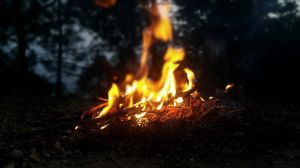
#7) Use Your Body as a Windbreak
If you're still struggling to light your campfire, try positioning your body in front of it to block the wind. While standing in front of your campfire, your body will shield it from the wind. You can then bend over to light the tinder and kindling more easily. And if you're camping with other people, you can ask them to stand in front of the campfire as well. With enough people, your campfire will be completely shielded by the wind. With that said, you should still keep a safe distance from your campfire to protect against burns and bodily injury.
#8) Gently Blow Into Your Campfire
It may sound unusual, but gently blowing into campfire can make it larger and hotter on a windy day. If the wind is blowing from a particular direction, try blowing into the center of your campfire from the opposite direction. If the wind is blowing from the east, for example, try blowing into your campfire from the west. If the wind is blowing from the west, blow into your campfire from the east. By blowing into your campfire from the opposite direction in which the wind is blowing, you'll give it more oxygen in areas where it has little or no air, which should result in a bigger and brighter fire.
#9) Extinguish Your Campfire
Don't forget to extinguish your campfire before going to sleep or leaving your campsite. Wildfires are more likely to occur in windy weather than calm weather. The presence of strong and fast-moving winds can pick up embers from a campfire, spreading them to nearby brush. As a camper, it's your responsibility to extinguish any campfires that you build to prevent this from happening. So, before you head inside your tent for the night or leave your campsite, douse your campfire in water and cover the ashes with dirt.
Stock up on premium kiln dried firewood for your next camping trip by visiting our online store today. We offer a variety of kiln dried firewood, including oak, hickory and more, that will help you build a roaring campfire, even in windy weather.
